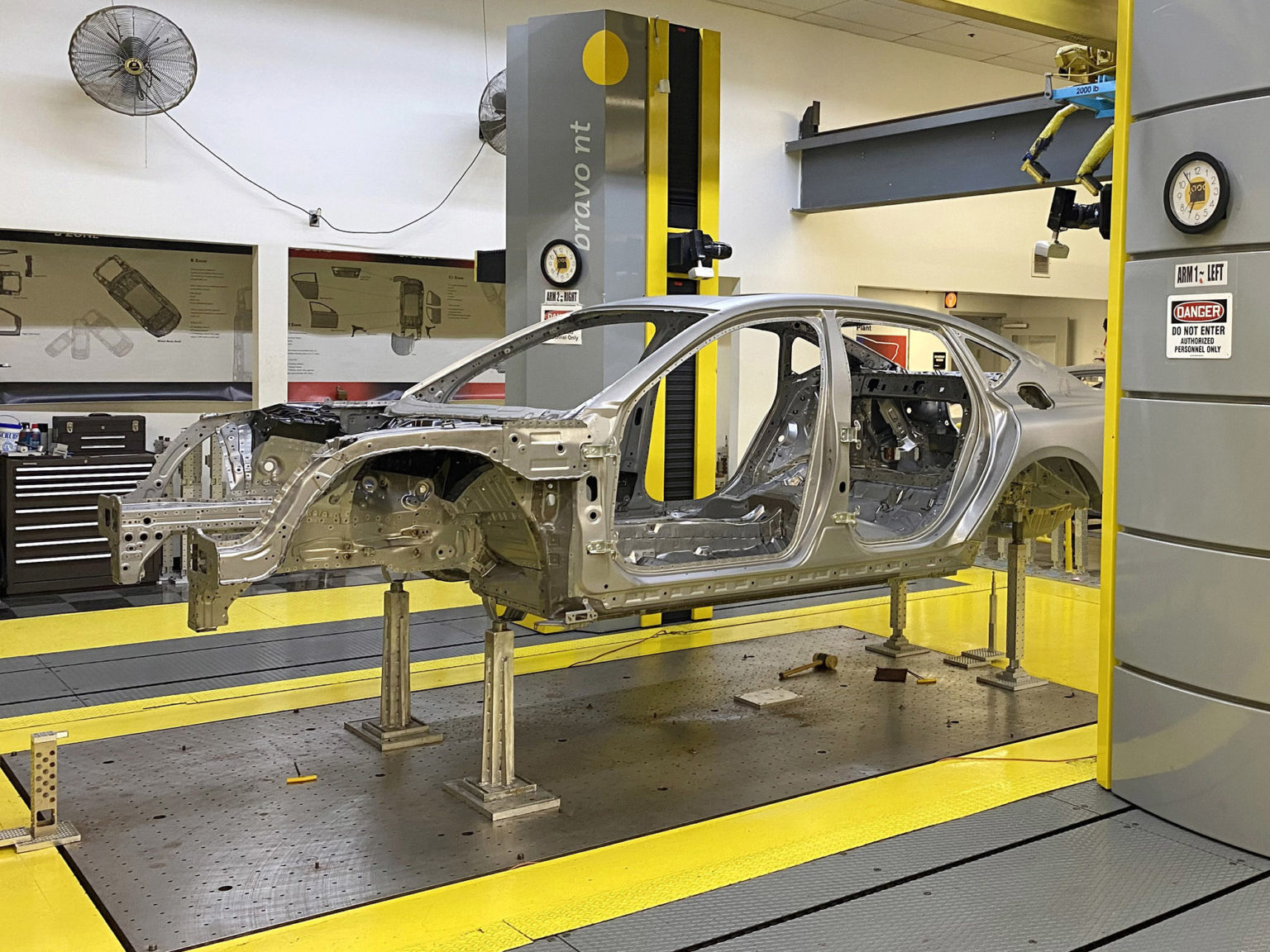Honda’s U.S. fleet of vehicles is 14 percent more fuel-efficient than the industry average when it comes to fuel economy according to recently-released report on the company’s environmental activities in North America.
Among the highlights of the Honda-produced report’s findings is that for the 2019 model year, the unadjusted average fuel economy of the company’s U.S. automobile fleet decreased 3.6 percent, to 37.5 mpg, but remains 14 percent higher (better than) the industry average of 32.9 mpg.
The 2021 Honda Insight has received new safety technology, has best-in-class passenger space, and achieves 55 mpg.
Photo courtesy of American Honda Motor Co., Inc
That’s no small number. On a car with a 14-gallon fuel tank, the average Honda has 525 miles of range with a full tank while the industry average vehicle would have 460.
During that same period, the unadjusted average CO2 emissions for the company’s U.S. automobile fleet is 11.9 percent below (better than) the industry average of 269 g/mi.
It’s not just cars that are proving to be more fuel-efficient. The average fuel economy of Honda U.S. motorcycle fleet in model year 2019 was up 10.7 percent from a year ago.
“Throughout this challenging year, our associates have continued to reduce our environmental impact throughout our processes,” said Shinji Aoyama, president & CEO of American Honda Motor Co. Inc. “We remain committed to realizing our long-term vision for a zero-carbon society, while finding new and innovative ways for our technology to benefit the world.”
In addition to its vehicles, Honda’s manufacturing facilities have been getting greener. Total location-based CO2e emissions from North American manufacturing decreased 4.5% to its lowest level in seven years. Solid waste from manufacturing was down 6.2 percent and water usage fell 3.3 percent. Emissions from auto body painting decreased to their lowest level in a decade.
The biggest number is the next one. Ninety-nine percent of the waste from Honda’s 12 U.S. parts warehousing and distribution centers was recycled during the 2019 fiscal year. Additionally, carbon dioxide emissions intensity of North American service parts shipments fell 4.2 percent moving the dial to a 49.7 percent reduction over the past decade.
This marks the 16th consecutive year that Honda has released detailed data on the environmental impact of its operations in North America.









